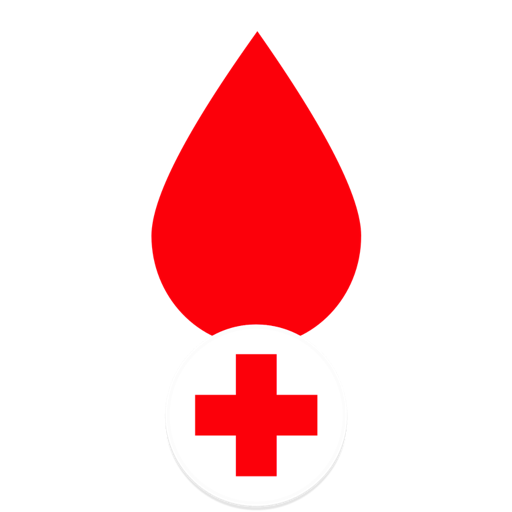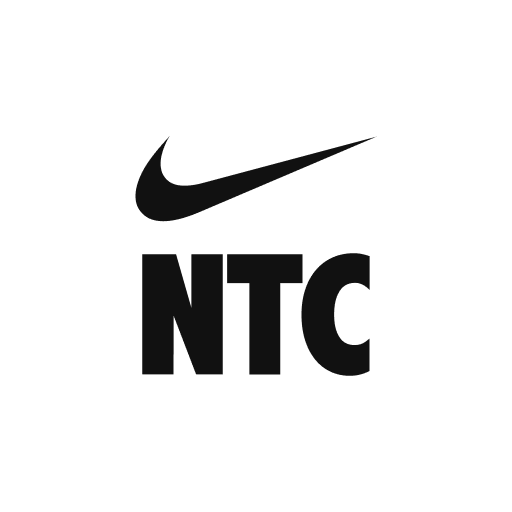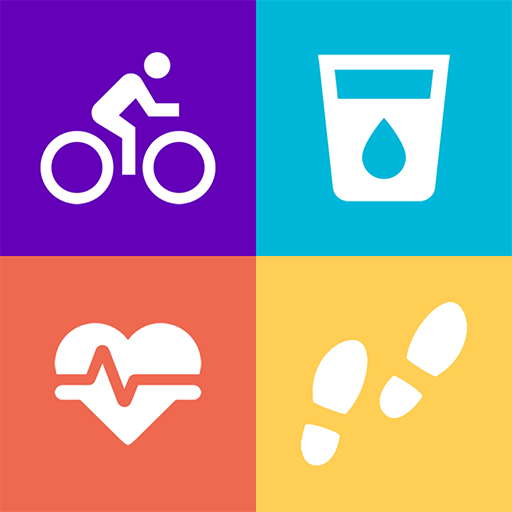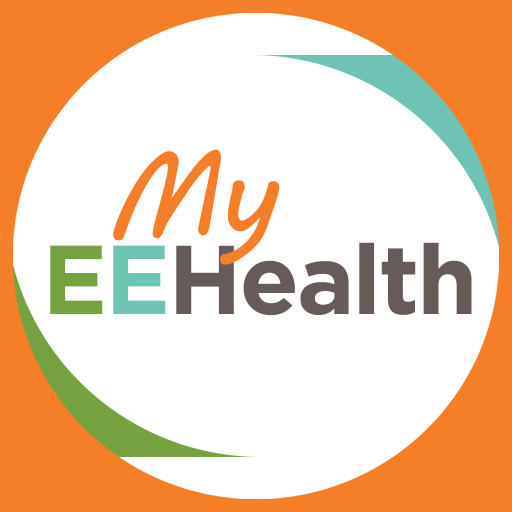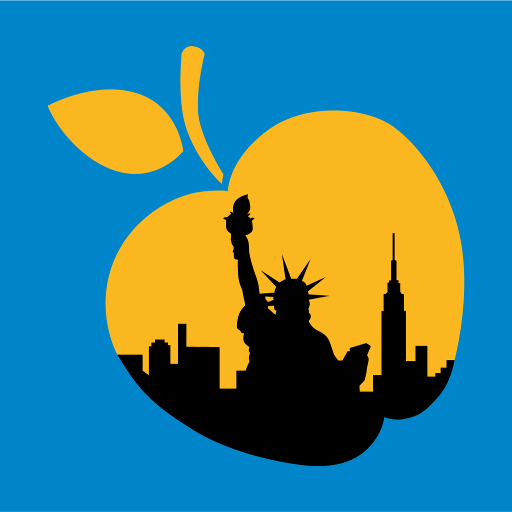Blood Donor
About this app
In an era where technology intersects with healthcare, blood donor applications are significantly impacting the donation process by streamlining its various components. These platforms facilitate connections between donors and recipients while underscoring the critical importance of blood donation in saving lives. This article will examine the essential features of blood donor apps, evaluate their advantages and disadvantages, conduct an app review, and provide guidance on selecting the most suitable mobile application for individual needs. Explore how these tools can enhance the blood donation experience and contribute positively to the community.
What are Blood Donor Apps?
Blood donor applications represent a significant advancement in mobile technology, specifically tailored to streamline and enhance the blood donation process for both donors and recipients. These applications utilize healthcare technology to effectively connect individuals wishing to donate blood with blood banks, facilitating the donor recruitment process and ensuring donor eligibility requirements are met.
Beyond their primary functions, these applications often integrate seamlessly with other health-related apps, enabling users to monitor their health metrics and blood donation statistics alongside their donation history, integrating with health apps for comprehensive health tracking.
A well-designed user interface is essential, as it ensures that even those with limited technological proficiency can navigate the application with ease. This design consideration significantly improves convenience and accessibility, allowing users to locate their nearest donation center, schedule appointments, and receive timely notifications and reminders, thereby enhancing app usability.
Consequently, blood donor applications not only facilitate the collection of blood but also enhance the overall experience, thereby encouraging greater participation in this crucial act of altruism and charitable contributions.
Importance of Blood Donation
Blood donation represents a vital act of altruism that profoundly impacts the lives of recipients by providing essential resources for medical treatments and emergencies. The significance of blood donation transcends individual cases; it plays a crucial role in community health by ensuring that hospitals have an adequate supply of blood.
Through organized donation drives and campaigns, society can foster a culture of philanthropy that addresses healthcare needs while promoting a spirit of generosity and social responsibility.
The health benefits to donors are frequently overlooked. Research indicates that regular blood donation can mitigate health risks, including a reduced likelihood of heart disease and the maintenance of healthy iron levels.
Statistics indicate that every two seconds, someone in the United States requires blood, highlighting the ongoing demand for donations. This necessity underscores the importance of community engagement, as local initiatives can mobilize individuals to participate, thereby creating a robust support system.
By promoting awareness of the importance of blood donation, supporting donor testimonials, and celebrating the act of giving, communities can inspire more individuals to contribute, ultimately saving lives and enhancing public health.
Features of Blood Donor Apps
Blood donor applications are equipped with a variety of features aimed at enhancing the donation experience for both donors and recipients.
These functionalities may include:
- Donation tracking, enabling users to manage their donation history
- Appointment scheduling that facilitates convenient booking of donation slots
- User interface, ensuring that users can navigate the app with ease
- Donation reminders and notifications, which encourage regular contributions
These features, including tracking blood donations and donor experience, assist blood banks and healthcare services in fulfilling their operational requirements.
Search for Nearby Blood Drives and Donors
One of the key features of blood donor applications is their capacity to utilize location services for identifying nearby blood drives and potential donors. This functionality not only enhances community engagement and social impact but also ensures that users can readily access vital blood drive events in their area.
By providing real-time information on upcoming blood drives, the application facilitates connections between donors and organizations, thereby streamlining the donation process while ensuring that donor eligibility requirements are met.
Users are encouraged to actively participate by sharing these events through integrated social media options, which promotes engagement among friends and family to join in giving back to the community through social sharing and peer-to-peer sharing.
By disseminating information about blood drives through social networks, individuals can significantly extend the reach of these local initiatives, fostering a culture of philanthropy and support while enhancing outreach programs.
Furthermore, partnerships with local organizations enhance the effectiveness of these events, simplifying the process for users to locate and attend drives through location-based services. This collective effort can have a substantial impact on the local blood supply, ultimately contributing to life-saving measures and strengthening community bonds.
Appointment Scheduling and Reminder
.jpg_10.jpeg) Appointment scheduling is an essential feature offered by blood donor applications, enabling users to conveniently book their donation slots. Along with this, donation reminders and mobile alerts ensure that users do not overlook their appointments, thereby reinforcing their commitment to regular donations. This integration of scheduling capabilities not only streamlines the donation process but also enhances overall user satisfaction and app performance by providing a seamless and user-friendly experience.
Appointment scheduling is an essential feature offered by blood donor applications, enabling users to conveniently book their donation slots. Along with this, donation reminders and mobile alerts ensure that users do not overlook their appointments, thereby reinforcing their commitment to regular donations. This integration of scheduling capabilities not only streamlines the donation process but also enhances overall user satisfaction and app performance by providing a seamless and user-friendly experience.
These applications offer extensive customization options, allowing users to set alerts according to their preferences, such as selecting specific times for reminders, choosing different notification settings, and utilizing real-time updates. This personalized approach give the power tos individuals to effectively manage their donation schedules.
To fully appreciate these features, effective user onboarding is crucial. A well-structured onboarding process assists new users in navigating the application effortlessly, facilitating a comprehensive understanding of its functionalities, and improving user onboarding.
By prioritizing usability, user demographics, and user support, blood donor applications can enhance engagement and ensure that users feel confident in utilizing all available features, including personalized profiles.
Pros and Cons of Using Blood Donor Apps
Utilizing blood donor applications presents several advantages, including an improved user experience and enhanced app performance in facilitating connections between donors and recipients.
The convenience of scheduling appointments and receiving donation reminders can significantly boost participation in blood donation initiatives. However, there are also potential drawbacks to consider, such as concerns regarding data privacy and the necessity for reliable user feedback mechanisms to ensure ongoing improvements to the application.
A thorough evaluation of these advantages and disadvantages, including reviews and ratings, app analytics, and risk assessment, can assist users in making informed decisions about the utilization of these applications.
Advantages of Blood Donor Apps
Blood donor applications offer numerous advantages that enhance user engagement, streamline the donation process, and improve app performance metrics. By providing access to educational resources, these applications enable users to gain a better understanding of donor eligibility, blood types, and the broader significance of their contributions.
Additionally, the applications facilitate convenient appointment scheduling and foster a sense of community by connecting users with local blood drives, promoting social responsibility, and facilitating volunteer opportunities.
Many of these applications also incorporate gamification elements and donor rewards, rewarding users for their donations, which serves to further motivate participation and encourage charitable contributions. Incentive programs, such as discounts at participating businesses or points toward community challenges, enhance the overall user experience.
The positive impact of blood donation on community health is profound, and these innovative features ensure that individuals feel a connection not only to the act of giving but also to the greater purpose of improving public health, partnership with hospitals, and saving lives. This comprehensive approach establishes a dynamic network that underscores the importance of regular contributions and community involvement.
Potential Drawbacks and Risks
Despite the numerous advantages associated with blood donor apps, it is crucial for users to be aware of potential drawbacks and risks. Concerns regarding data privacy, app security, and safety measures are of paramount importance, as users entrust these applications with sensitive information, including health records and emergency contacts.
Ensuring user trust is essential for the sustained utilization of these platforms and for maximizing their effectiveness in emergency situations when blood is urgently needed.
In this context, Robust security features not only protect personal data but also foster a sense of confidence among users, ensuring compatibility with devices and promoting emergency preparedness. The implementation of encryption and regular security updates can significantly enhance the perception of safety. Actively soliciting user feedback can facilitate meaningful improvements, enabling developers to address vulnerabilities, enhance the overall user experience, and integrate app enhancements.
Moreover, integrating emergency alerts seamlessly can prompt timely interventions, underscoring the importance of both trust and responsiveness in life-saving scenarios and emergency services.
Ultimately, cultivating a collaborative relationship between users and developers can ensure that these applications evolve in ways that prioritize safety, support community health initiatives, and facilitate community outreach.
How to Choose the Right Blood Donor App
Selecting an appropriate blood donor application requires a thorough evaluation of several critical factors, including the app's design, user support, and overall functionality, such as donor eligibility and user interface considerations.
Key features such as platform compatibility, ease of use, and the ability to customize user profiles can greatly influence the user experience and donor experience. Features like scheduling donations, reminders, and location services also enhance engagement.
By carefully considering these elements, individuals can choose an application that effectively meets their needs while supporting the vital cause of blood donation and community engagement.
Factors to Consider in Blood Donation Apps
When selecting a blood donor application, it is essential to consider several factors, including user demographics, blood types, and feedback mechanisms that can inform enhancements. Customization options enable users to tailor their experience, while regular app updates ensure that they benefit from the latest features and security improvements, such as real-time updates and integration with health apps.
Understanding the user journey is critical in identifying which functionalities are most advantageous for various segments of the community, such as donor recruitment and tracking blood donations.
This tailored approach not only improves user retention but also encourages community engagement by creating a platform that appeals to diverse groups, such as young donors, experienced volunteers, and individuals with specific health concerns, while providing educational resources and donor rewards.
Feedback loops are integral to this process, providing valuable insights into user preferences and challenges. For example, modifying features based on age, lifestyle, or health tracking can substantially enhance the app's usability and app performance.
By prioritizing continuous feedback and iterating on design, developers can ensure that the application remains not only relevant but also essential for its varied user base, enhancing donor testimonials and social sharing features to promote blood donation awareness.
Related Apps
-
Epson PULSENSEGETHealth and Fitness
-
Nike Training ClubGETHealth and Fitness
-
Health PalGETHealth and Fitness
-
MyEEHealthGETHealth and Fitness
-
NYC ACCESS HRAGETHealth and Fitness
-
Step TrackerGETHealth and Fitness
